Gil Zilberfeld
How to TDD in legacy code
#1about 6 minutes
Why standard TDD fails in complex legacy code
Real-world code complexity and dependencies make the simple red-green-refactor cycle difficult and risky without existing tests.
#2about 3 minutes
A modified TDD process for existing codebases
A four-step approach is introduced, involving characterization tests and pre-refactoring before applying the standard TDD cycle.
#3about 7 minutes
Using characterization tests to create a safety net
Characterization tests are written to capture the current behavior of a system, including its bugs, providing a baseline for safe refactoring.
#4about 6 minutes
A step-by-step guide to fixing a bug
A bug is fixed by first writing a failing test, making the minimal code change to pass, and then refactoring both production and test code for clarity.
#5about 6 minutes
Pre-refactoring code to prepare for new features
Before adding new functionality, the code is refactored using techniques like guard clauses and switch statements to make the insertion point clear and simple.
#6about 3 minutes
Adding a new feature with the TDD cycle
After preparing the codebase, a new feature is added by writing a failing test and then implementing the minimal code required to make it pass.
#7about 5 minutes
Core principles for safe and fast development
The key takeaways are minimizing risk, separating new functionality from cleanup, and consistently leaving the code better than you found it.
#8about 9 minutes
Q&A on BDD and testing untestable code
The discussion covers the role of BDD and how to handle untestable code using tools like approval tests or snapshot testing to capture system behavior.
Related jobs
Jobs that call for the skills explored in this talk.
Matching moments

16:43 MIN
Practical strategies for testing legacy applications
Testing .NET applications a Tool box for every developer

01:10 MIN
Why developers avoid unit testing JavaScript
Yes, You Need to Unit Test your JavaScript. Here's How.
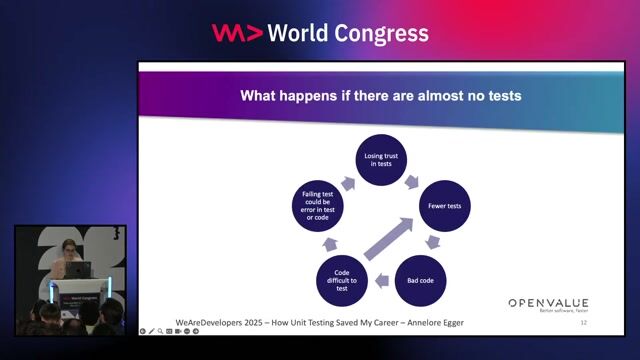
14:33 MIN
The vicious cycle of untestable legacy code
How Unit Testing Saved My Career

10:25 MIN
Why legacy code is so difficult to understand
Seven Myths, Three Reasons, One Goal
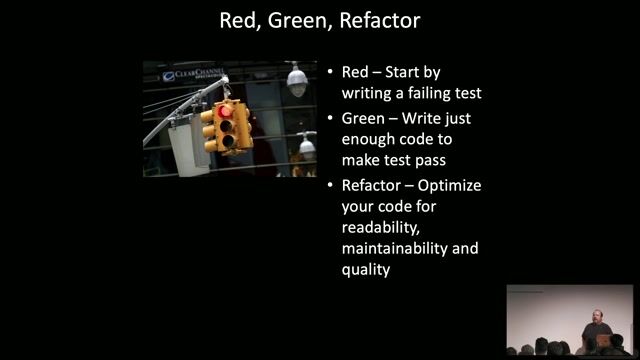
20:41 MIN
Applying the red-green-refactor TDD cycle
Yes, You Need to Unit Test your JavaScript. Here's How.
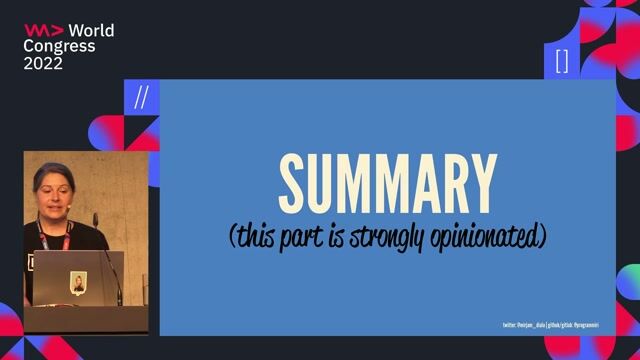
39:18 MIN
Adopting TDD as a design tool, not just a testing method
Treat yourself - A tale about dog training and test-driven development
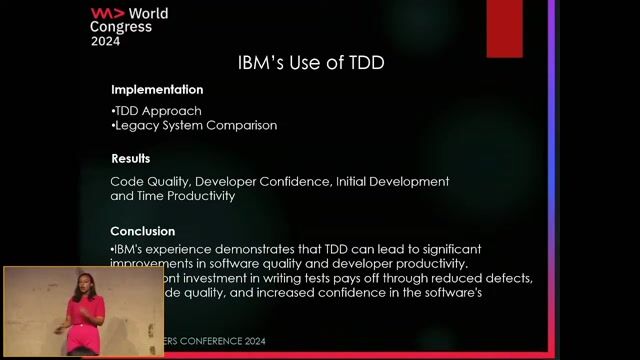
18:22 MIN
Building a sustainable culture of clean code
Breaking the Bug Cycle: TDD for the Win
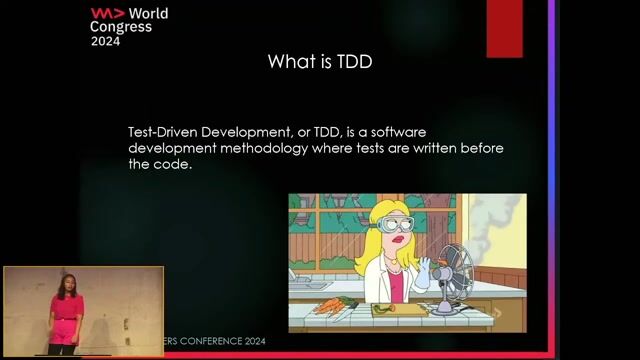
04:55 MIN
Introducing the core principles of test-driven development
Breaking the Bug Cycle: TDD for the Win
Featured Partners
Related Videos
 56:49
56:49Write tests you love, not hate
Jens Happe
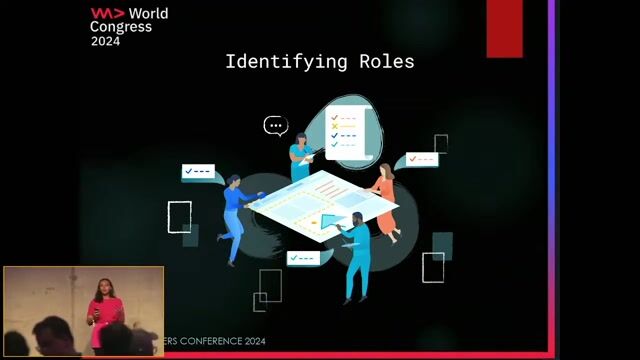 20:33
20:33Breaking the Bug Cycle: TDD for the Win
Nadeen Hussein
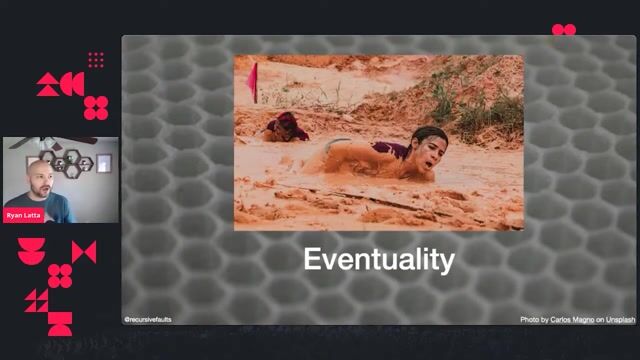 42:34
42:34How To Test A Ball of Mud
Ryan Latta
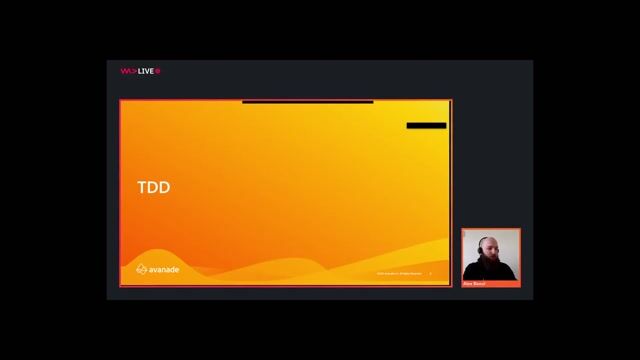 30:55
30:55Why you must use TDD now!
Alex Banul
 43:19
43:19Treat yourself - A tale about dog training and test-driven development
Mirjam Aulbach
 43:07
43:07How not to test
Golo Roden
 1:42:16
1:42:16Test Driven Development with JavaScript
Sascha Depold & Parinaz Roghany
 1:00:10
1:00:10Yes, You Need to Unit Test your JavaScript. Here's How.
James Bender
Related Articles
View all articles



From learning to earning
Jobs that call for the skills explored in this talk.

Software Engineer
tree-IT GmbH
Bad Neustadt an der Saale, Germany
€54-80K
Intermediate
Senior
Java
TypeScript
Spring Boot


Application Software Engineer - JavaScript
RedTech Recruitment
Charing Cross, United Kingdom
Remote
CSS
D3.js
Redis
Node.js
+5

Application Software Engineer - JavaScript
RedTech Recruitment
Cambridge, United Kingdom
Remote
£70K
CSS
D3.js
Redis
+6

Java Software Engineer
Test Driven Solutions
Edinburgh, United Kingdom
Intermediate
Java
MySQL
NoSQL
Scrum
Jenkins
+4

Full-Stack JavaScript Developer
Matching-IT
Utrecht, Netherlands
Remote
€4-6K
Senior
Vue.js
Node.js
Firebase
+4

JavaScript FullStack Developer
Krell Consulting & Training
Municipality of Madrid, Spain
Intermediate
CSS
JUnit
Spring
Node.js
Mockito
+5

Java Developer (Junior-Senior)
Test Driven Solutions Ltd.
Glenrothes, United Kingdom
Remote
£33K
Junior
GIT
Java
MySQL
+10
